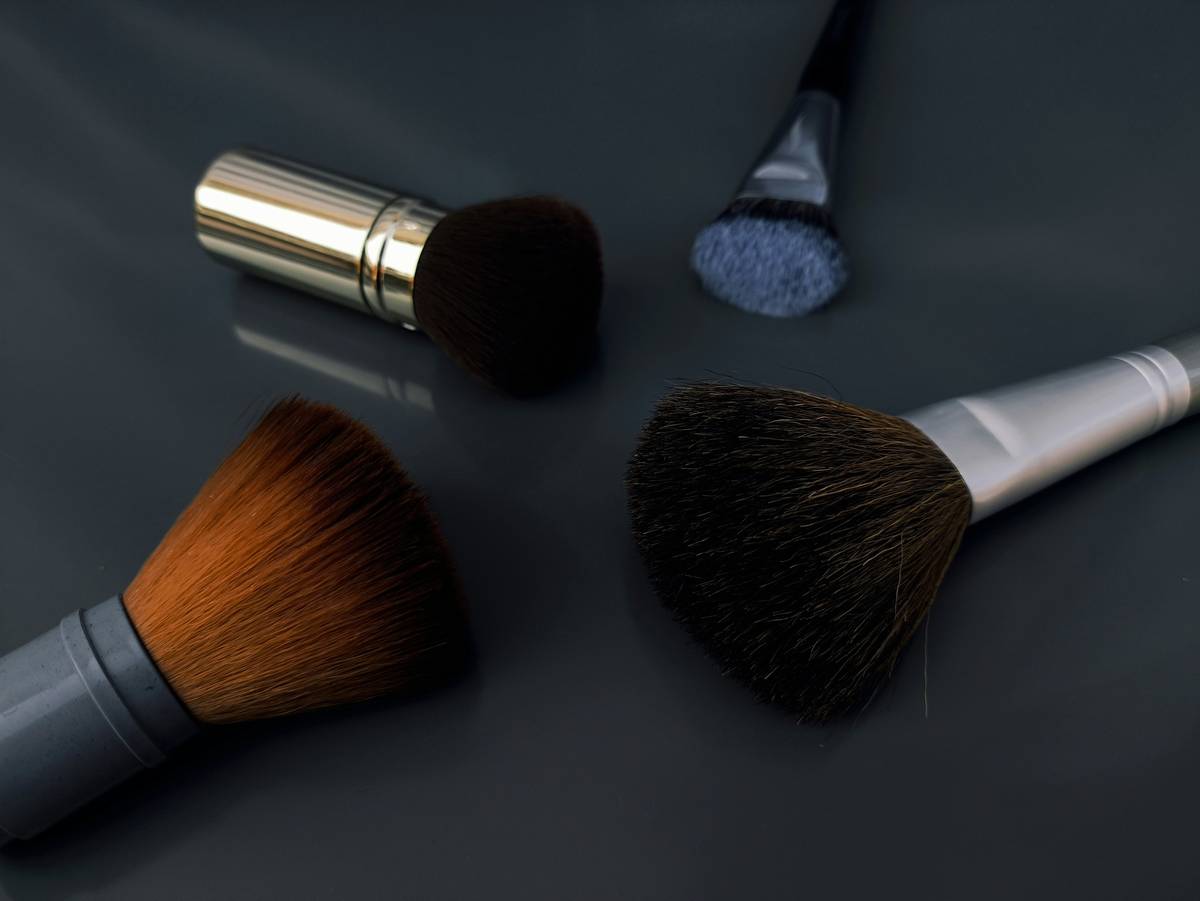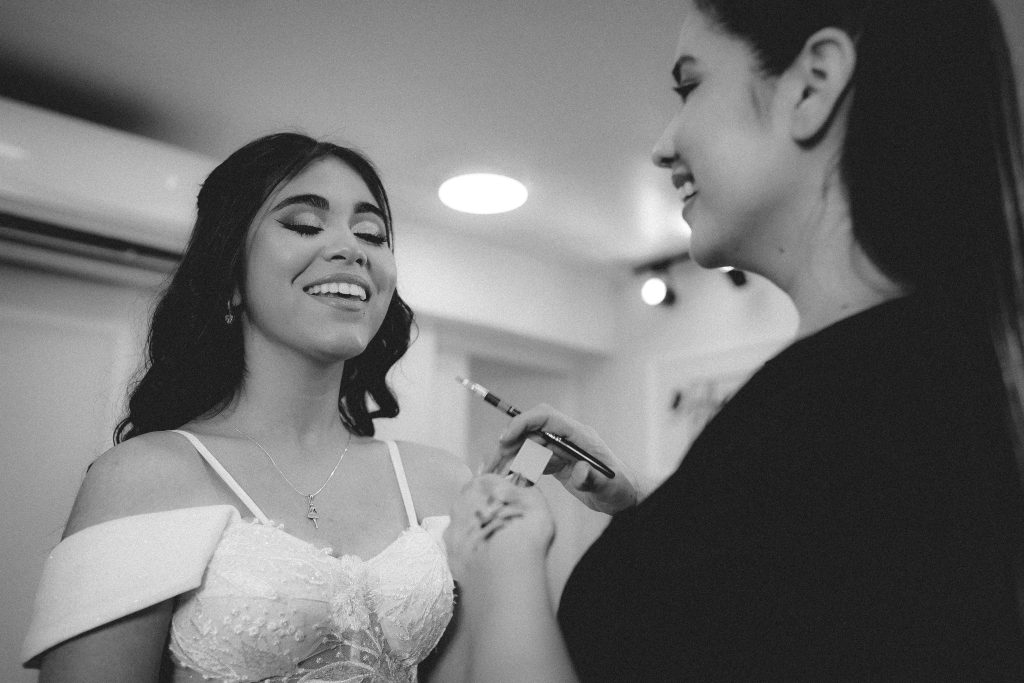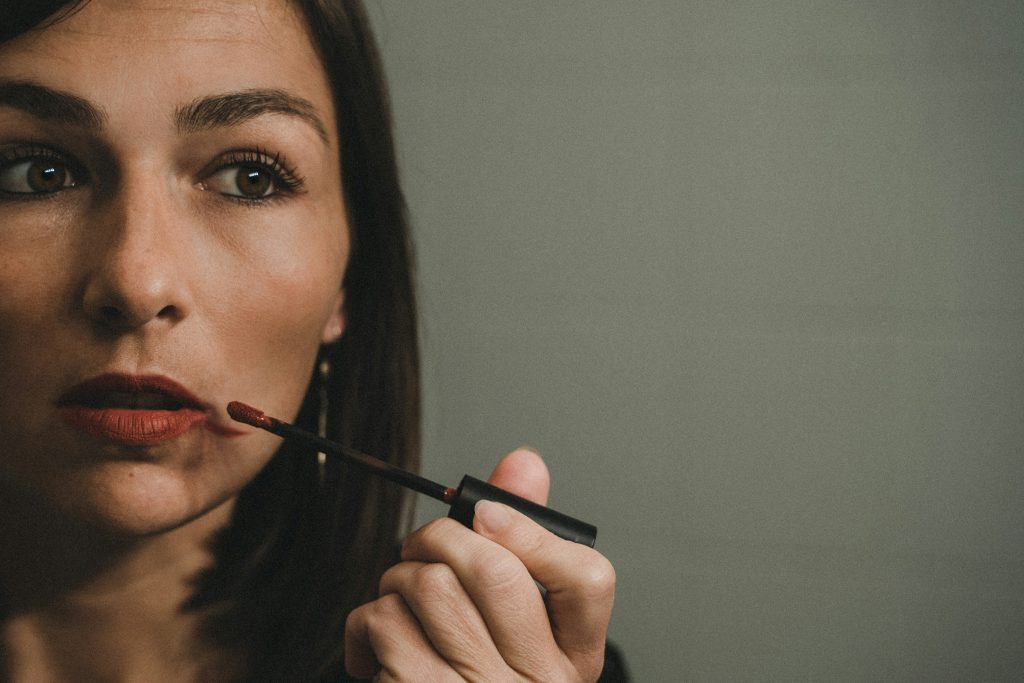Ever stared at a mountain of makeup products and thought, “Which ones do I actually need?” Yeah, us too. Building a professional makeup artist kit can feel like trying to fit the entire Sephora store into one bag—which is why we’re breaking it down for you!
This post will cover everything from essential tools to advanced techniques, helping you curate an efficient and effective kit that screams expertise. You’ll learn:
- What every beginner needs (no fancy fluff here).
- Tips to maximize your space and budget.
- Real-life examples of how a well-curated kit transformed artists’ careers.
Table of Contents
- Key Takeaways
- Why Having the Right Makeup Artist Kit Matters
- Step-by-Step Guide to Building Your Kit
- Best Practices for Managing Your Tools
- Success Stories: The Magic Happens When You’re Prepared
- FAQs About Makeup Artist Kits
Key Takeaways
- Your makeup artist kit should include basics like foundation shades, brushes, blending sponges, and setting powders.
- Quality > Quantity—invest in fewer high-quality items rather than hoarding cheap alternatives.
- A clutter-free kit allows you to focus on creativity instead of searching through chaos.
Why Having the Right Makeup Artist Kit Matters

Picture this: It’s showtime at a wedding shoot, and halfway through glamming up the bride, you realize you forgot blush…or worse, your brushes are buried under layers of messy products. Sound familiar?
I once spent two hours frantically driving back home because my makeup artist kit lacked translucent powder—a rookie mistake that almost cost me a client. Trust me; having the right tools saves not just time but also stress.
Sounds like your laptop fan during a 4K render—whirrrr.
The bottom line: Forgetting even one crucial item ruins your reputation faster than mascara smudges after crying over bad Yelp reviews. Let’s fix that together.
Step-by-Step Guide to Building Your Makeup Artist Kit
Step 1: Choose Versatile Foundations & Concealers
Optimist You:* “More colors mean more options!”
Grumpy You: *“Ugh, fine—but only if they match skin tones perfectly.”*
Start by stocking a variety of foundations and concealers in different undertones. Focus on brands known for inclusivity, such as Fenty Beauty or NARS. This ensures you’re ready for all clients without needing a separate suitcase full of mismatched shades.
Step 2: Invest in High-Quality Brushes & Applicators
EcoTools, Real Techniques—you name it. Synthetic bristles win the day when durability meets versatility. Bonus points if you label each brush case so there’s no confusion mid-session.
Step 3: Add Blending Sponges & Setting Powders
BeautyBlenders vs. cheaper dupes? Chef’s kiss. These soft, bouncy little miracles blend edges seamlessly while setting powders lock everything in place. A must-have combo.
Step 4: Include Eyeshadow Palettes & Liners
Morale booster? Multi-purpose eyeshadow palettes like Anastasia Beverly Hills Modern Renaissance Palette. With bold hues and neutrals alike, these babies adapt to any look required.
Best Practices for Managing Your Tools

Now let’s dive into some tips to keep your makeup artist kit streamlined:
- Label Everything: Avoid digging around aimlessly by organizing compartments clearly.
- Clean Regularly: Hygiene matters! Use alcohol wipes weekly to sanitize surfaces.
- Travel Lighter: Portable kits save your back (and shoulders) from unnecessary strain.
A Terrible Tip:
Here’s what NOT to do: Throw in every new launch hoping it’ll “spark joy” à la Marie Kondo style. Spoiler alert—it won’t. Stick to essentials.
Rant Time:
Why oh why do companies make those tiny packaging boxes impossible to store efficiently?! My grumpy self cringes every single time I try fitting them into drawers designed for larger containers.
Success Stories: The Magic Happens When You’re Prepared
Take Sarah W., a freelance makeup artist based in NYC. She tripled her bookings within months simply by revamping her disorganized arsenal into a sleek, color-coded masterpiece. Clients praised her efficiency—noticing less downtime between looks.

FAQs About Makeup Artist Kits
Q1. What Is the Most Essential Item in a Makeup Artist Kit?
Foundation sticks! They double as concealer AND highlighter—saving both money and effort.
Q2. How Much Should You Spend on a Starter Kit?
$300–$800 depending on quality versus quantity preferences. Remember, longevity pays off eventually.
Q3. Are Drugstore Brands Okay?
Sure thing—just ensure pigmentation matches expectations. Some drugstore gems rival luxury lines entirely!
Conclusion
We’ve unpacked what makes a stellar makeup artist kit, from essential items to pro-level organization hacks. Stay prepared, stay clean, and embrace versatile products. Ready to conquer the world yet?
P.S. Like a Tamagotchi, your SEO needs daily care.


